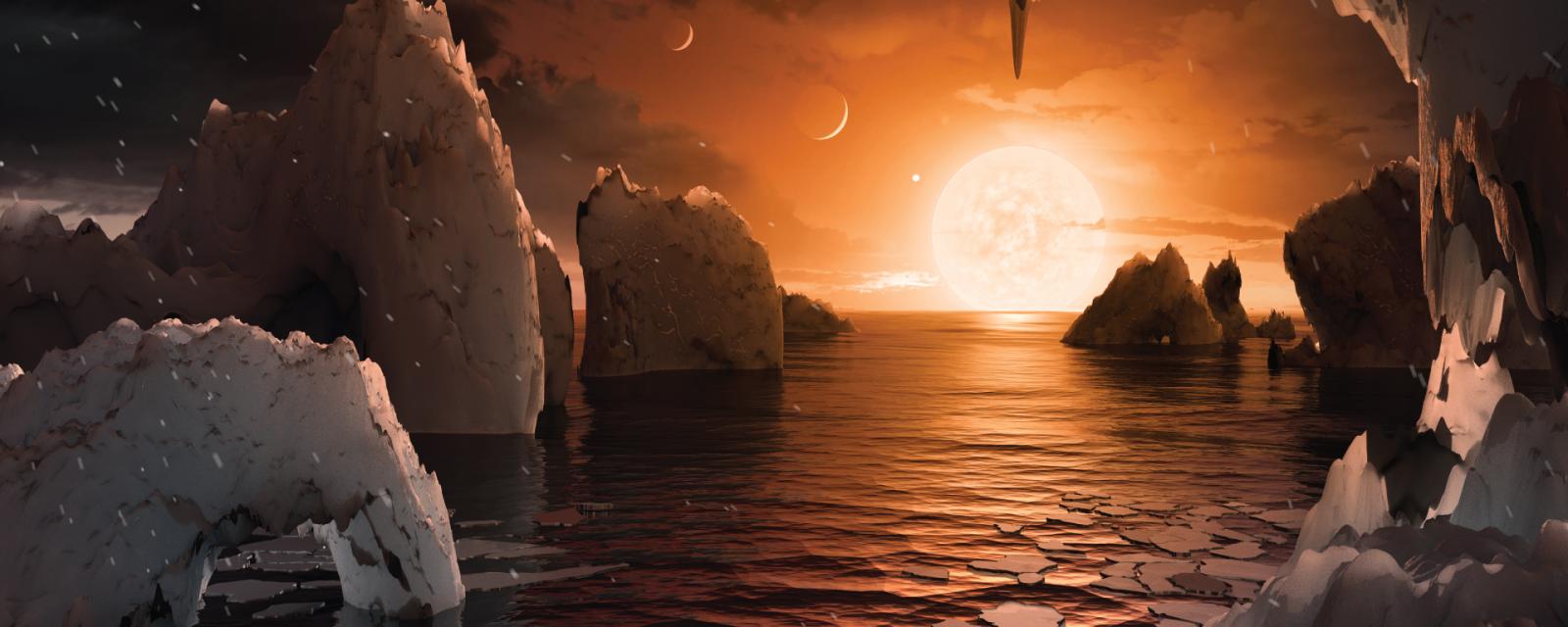
How does NASA find exoplanets?
Scientists use multiple methods to discover planets outside our solar system, called exoplanets. The two most commonly used methods are the transit method and the wobble method.
Transit method—When a planet passes directly between its star and an observer, it dims the star’s light by a measurable amount. It's a tiny change, but it's enough to clue scientists into the presence of an exoplanet around a distant star. The graph you see being drawn on the left side of the animation is what astronomers call a “light curve.” It's a chart of the level of light being observed from the star. When a planet passes in front of the star and blocks some of its light, the light curve indicates this drop in brightness.
Wobble method—Orbiting planets cause stars to wobble in space, changing the color of the light scientists observe. Take a look at the above animation. There's a small planet orbiting a big star. But see how the star is moving a little bit? The pull of gravity from the planet causes the star to “wobble” around a little bit. This wobbling of the star causes a measurable change in the wavelength of the emitted light waves that scientists observe, a phenomenon called the Doppler effect.
Video and Image Credits
Transit and Wobble method videos: NASA/JPL-Caltech
Exoplanets discovery counts: NASA/JPL-Caltech
